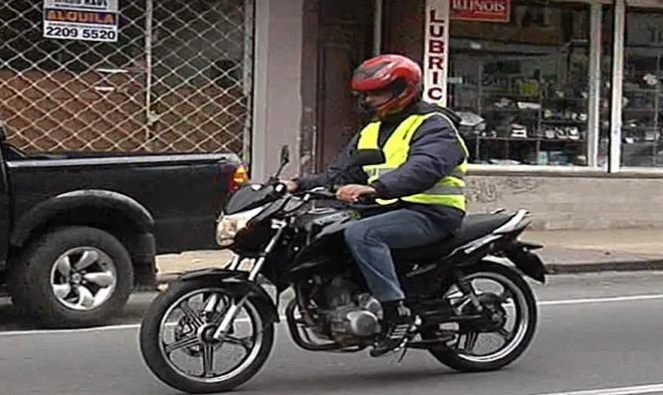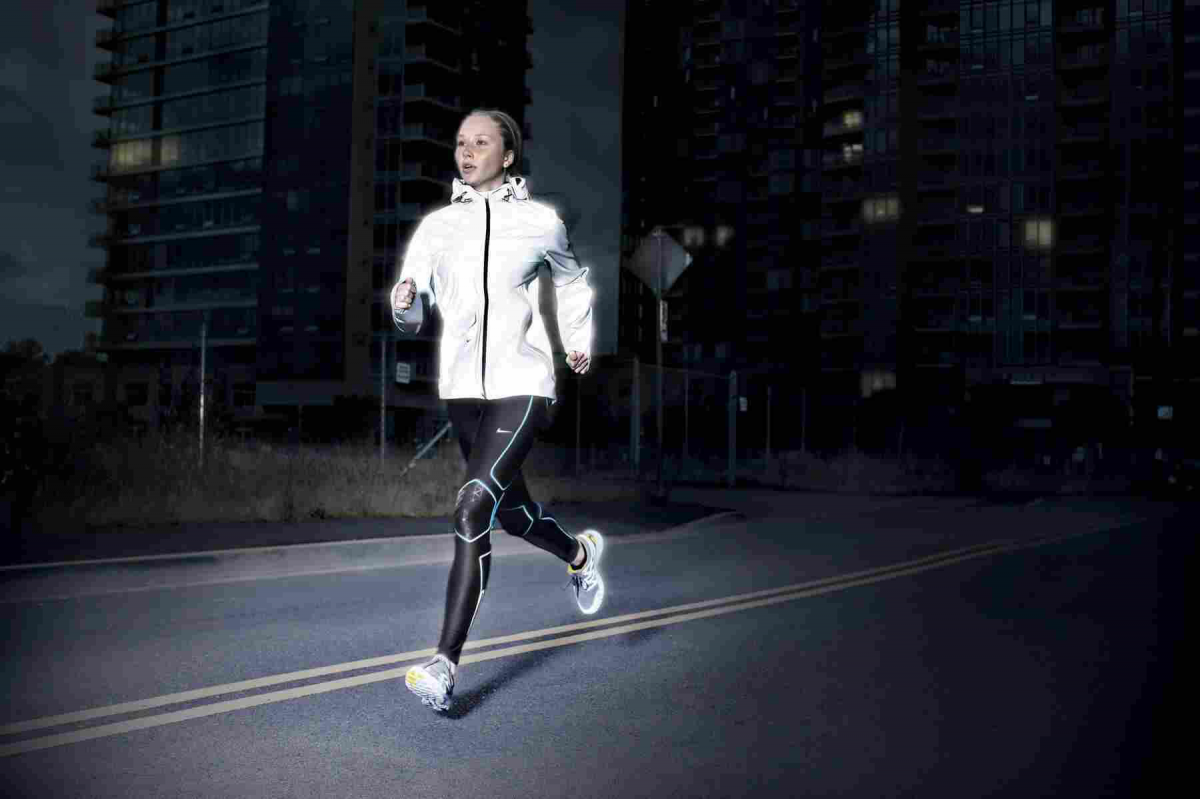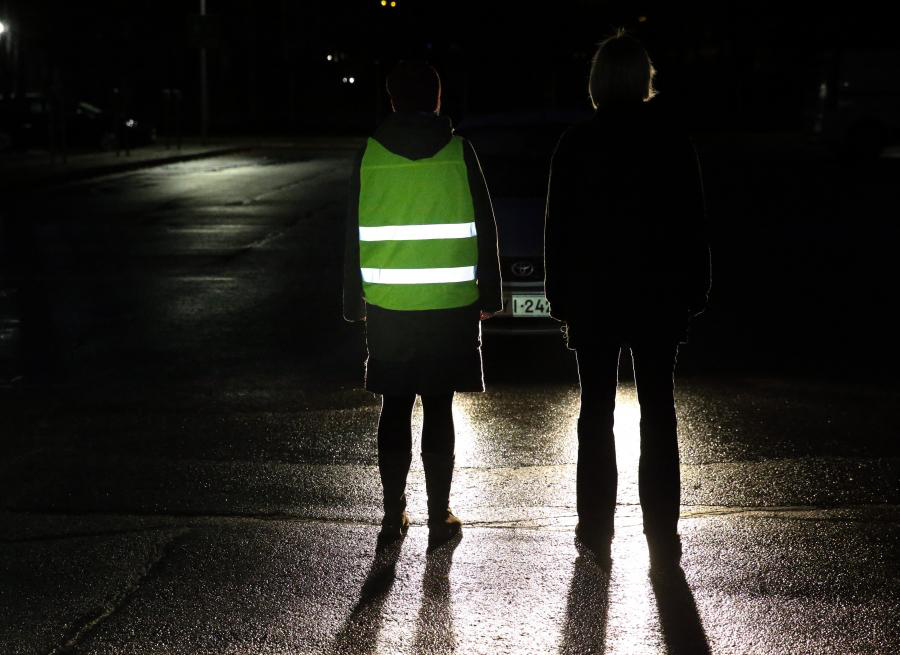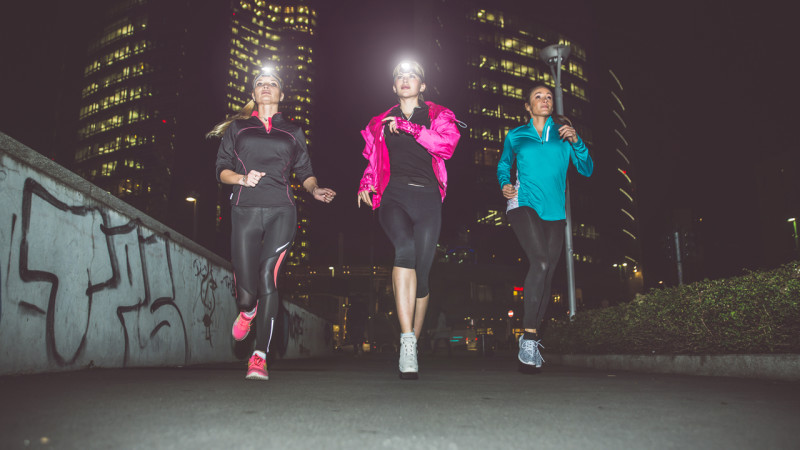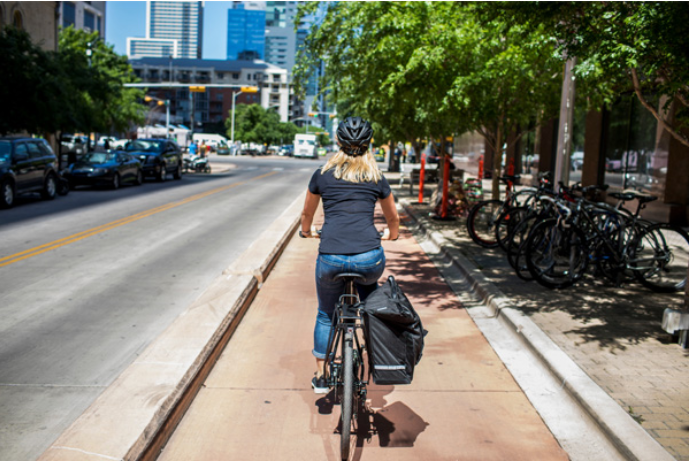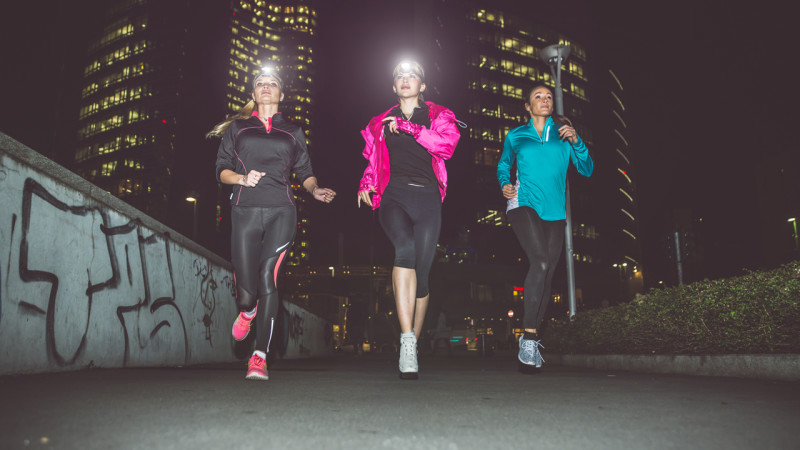The General Directorate of Traffic (DGT) starts this week by launching until next Sunday, January 26, a new surveillance campaign on the conditions of the vehicles that circulate on our roads, paying special attention to the proper maintenance and tuning of all the safety elements of the vehicle, such as tires, brakes, lights, signaling, windshields, ITV … The DGT advises drivers that “investing in vehicle maintenance is investing in safety”.
DGT campaign.
The DGT itself explains in its statement that “during this week, the agents of the Traffic Group of the Civil Guard and the rest of the local and autonomous policemen who join the campaign will pay special attention to the proper maintenance and tuning of all the vehicle’s safety elements: tires, brakes, lights, signaling, undamaged windshields…. To the vigilance carried out by the agents, the DGT will use the control and monitoring systems it has installed on the road (license plate readers) to check whether the vehicles that circulate go with the ITV in force. In case of detecting that a vehicle does not have it in force, the corresponding complaint will be made”.
With this new campaign to control vehicle conditions, the DGT acknowledges that it is “very concerned” about the age of the Spanish vehicle fleet, arguing that “the risk of dying or being seriously injured is multiplied by two when comparing accidents that have occurred with vehicles from 10 to 15 years old, about vehicles less than 5 years old”, hence I advise drivers that “the proper maintenance of all the vehicle’s safety elements becomes an essential activity to combat the accident rate. Investing in vehicle maintenance is investing in safety”.
Tires.- DGT: “More than a million vehicles drive with serious wheel defects”
At the wheel of this, the DGT stresses that “tires are the only and decisive contact with the road. They are responsible for ensuring adherence in pushing, braking, and lateral sliding. They also ensure that the direction of travel of the vehicle is as desired by the user and the cushioning of pavement imperfections. It is recommended that the depth of the grooves be at least 3 millimeters. The legal limit is 1.6 millimeters.”
The DGT warns that “approximately more than a million of the vehicles, 5%, circulate with serious defects in the wheels, mainly due to having a tread depth below the legal minimum of 1.6 mm; have uneven wear due to poor suspension or misalignment and ride with wrong pressure. “Also, vehicles related to more professional use, such as vans, have higher rates of tire defects.”
Likewise, the DGT advises that “it is also necessary to regularly check the pressure of the cold tire and the spare wheel, as well as check for possible air leaks through the valves. The cap of the same constitutes a sealing element, the reason why its use is essential”.
Lighting and signaling
The DGT also recalls in its statement that “the purpose of vehicle lights is not only to see but also to be seen, since each vehicle in circulation is, in practice, an obstacle to others, for what the delimitation of its presence is also significant.
For driving to be carried out safely, it is advisable to pay special attention to the use, maintenance and regulation of the headlights, so that, on the one hand, they have sufficient light and, on the other, they do not dazzle whoever is driving the same public roads.
There are some basic tips to keep in mind:
The lamps reduce their intensity with use, so they must be changed every 40,000 km. or 2 years.
The lamps must be changed two by two because their use is symmetrical in most cases.
It is necessary to always keep the optics clean: headlights and lights
The compulsory use of lighting is included in article 43 of the Traffic and Road Safety Law:
- Vehicles that circulate between sunset and sunrise, or at any time of the day in tunnels, underpasses, and sections of track affected by the “tunnel” signal, must have the corresponding lighting on.
- They must also have the lighting on for the rest of the day
- a) The motorcycles that circulate in any way object to this law.
- b) All vehicles circulating in a reversible lane or the opposite direction to that normally used on the road where it is located, either a lane that is exclusively reserved for it or exceptionally open in this direction.
- It is also mandatory to use the lighting that is established by the regulation when there are meteorological or environmental conditions that significantly reduce visibility, such as in the case of fog, heavy rain, snowfall, clouds of smoke or dust, or any other similar circumstance.
- Bicycles, also, will be equipped with reflective tapes that, duly homologated, are determined in the General Vehicle Regulations. When the use of lighting is compulsory, bicycle riders will also wear a reflective garment if they are traveling on the interurban highway.
DGT: other aspects to control
In addition to the lights and tires, the DGT also warns that during this campaign it will also be controlled:
The registration plate: The driver must verify that the vehicle’s registration plates do not present obstacles that prevent or hinder their reading and identification, are not damaged or tampered with. Carrying the registration illegible is a serious offense with a sanction of 200 euros and no deduction of points, but manipulating the license plate to fraudulently try to avoid the rule can lead to a fine of 6,000 euros and the loss of 6 points.
Windshield: The driver must verify that the windshield does not show any damage, since it is a fundamental part of the structural resistance of the vehicle, in the effectiveness of the airbag and in being the support for cameras and sensors for driving aid devices.
The documentation of the vehicle that must be carried compulsorily, in addition to the required driving license is:
Vehicle circulation permit containing its technical data and its owner’s details (or authorization from the Traffic Headquarters in his absence)

